After my Kumano Kodo Nakahechi hike in 2016 and the second time in 2019, I decided to hike on from Hongu towards Koyasan, rather than turning south towards Nachi, the so-called Kumano Kodo Kohechi trail. The rugged and mountainous Kohechi route cuts through the center of the Kii Peninsula from north to south for 70km, linking the stunning Buddhist temple complex of Koyasan and the Kumano Hongu Shrine. It has fewer hikers and accommodation than the Nakahechi route and is characterized by steep trails that cross over three passes of over 1000 meters elevation. So here’s my story.
Table of Contents
The Kumano Kodo
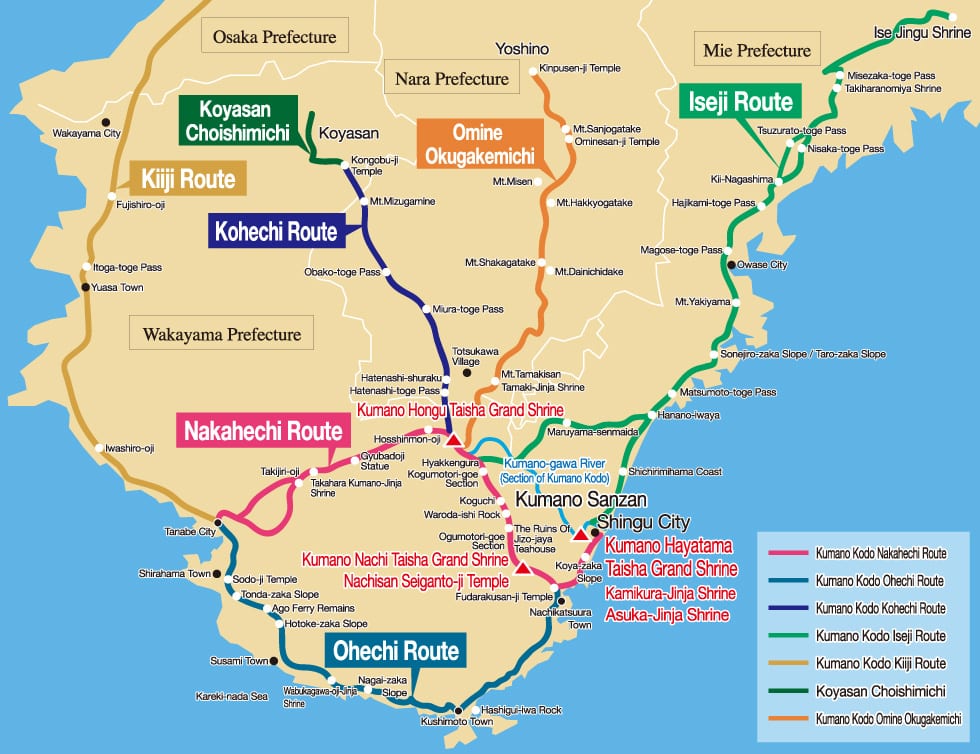
The Kumano Kodō is a series of ancient pilgrimage routes that crisscross the Kii Hantō, the largest Peninsula of Japan. There are different connected trails and there are different ‘official pilgrimage routes’ that are part of the ancient tradition of pilgrimage treks to Kumano Hongu Taisha. Collecting stamps on your route from a starting point (e.g. Koyasan or Takijiri-oji) to Hongu will allow you to apply for an official certificate. If you’re one of the brave people to have completed the Way of St. James (Camino de Santiago) in Spain as well (the other big pilgrimage route), you can apply for a dual pilgrim certificate.
The Kumano Kodo Kohechi route
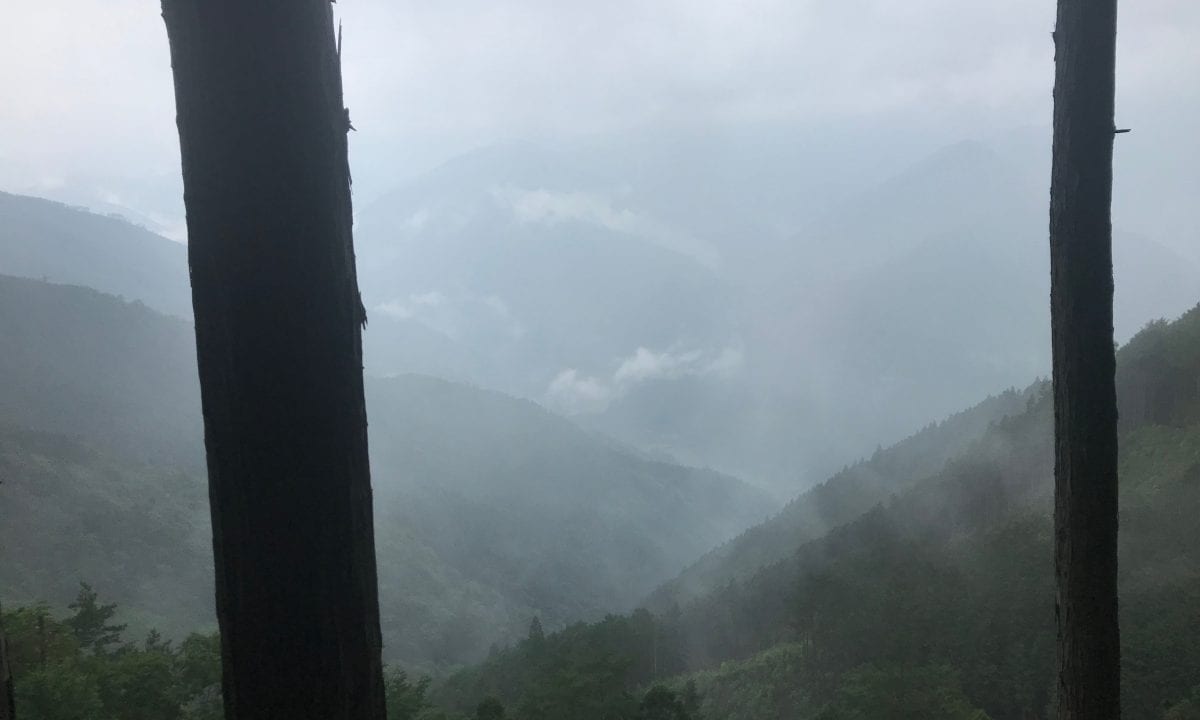
The rugged and mountainous Kohechi route cuts through the center of the Kii Peninsula from north to south for 70km, linking the Buddhist temple complex of Koyasan and the Kumano Hongu Shrine. It has fewer hikers and accommodation than the Nakahechi route and is characterized by steep trails that cross over three passes of over 1000 meters elevation.
The Kohechi is an isolated walk on its northern sections and hikers should be well prepared when attempting it. Accommodations are rarely found without zigzagging up and down the mountainsides into valley towns, greatly increasing the distance traveled. Kohechi was traditionally used mainly by Buddhist monks of the Shugendo sect at Koyasan following a rigorous spiritual regime.
Context of this hike
I literally had spent months and months preparing for the Arctic Circle Trail in Greenland, a 200-kilometer trek through the arctic wilderness. Preparing the trail, checking my gear, reading books and blogposts. But because of a virus in the weeks leading up to the trek, I was not confident enough to tackle this challenge. When you’re in the middle of nowhere, three days hiking from the nearest Inuit village, it is rather uncomfortable to get ill.
So I was looking for a trail that was relatively easy, allowed me to get some good rest, preferably in bed & breakfasts, hotels or inns along the trail (so I would not have to camp out and/or carry a tent) and would have a fallback option in case I would still have some difficulties stemming from my earlier virus infection.
I settled on the Kumano Kodo (also read how I came to this). In 2016 I had already done the Nakahechi part of the trail and I had learned that the trail is relatively simple to follow, that the inns (minshuku and ryokans along the trail) are fantastic and with its relatively robust bus system, I could quite easily quit or skip parts of the trail in case I would be in trouble. On top of that, the Japanese food is just amazing and it would allow me to collect the necessary stamps to finish my Kumano Kodo pilgrimage this time. For a while, I had the plan to finish the Way of Saint James (Camino de Santiago) with my dad – finishing both, the Way of Saint James, as well as the Kumano Kodo, would allow you to request a dual pilgrim certificate.
Day 1 on the Kumano Kodo Kohechi – Totsukawa and bears
Before coming to Japan this time, I had read some warning of bears in the region. When I tried to verify the stories at the local tourist office in Tanabe, they were close to laughing in my face, saying they had never heard of bears on the trail. When starting the Kohechi part of the trail, however, I bumped into a local guy who was wearing a bear-bell (a bell hanging from his backpack to scare away bears). A few kilometers later, I bumped into an Australian couple who had done the same. And then I bumped into a local news article detailing a bear sighting just days earlier.
This, while along this part of the trail I was warned for pretty much every possible danger. Wasps. Snakes. Bears. Traps. Hiking in general.
And even without the bears, it was a tough day on the trail. 1100m climbing and 1100 meters descending were slightly killing my legs. But all well worth it – amazing views, cute villages. Today was day 1/3 of tough climbs (the last 4th day being relatively easy). Not many people on the trail, but made friends with a 52-year old Japanese guy who was doing the 4 days in 2 days.
Today’s ryokan is 100+ years old and run by the 4th generation of owners. In a beautiful valley with amazing blue/green water. Again – with onsen, great view and great food.
It made me realise how amazing this trip was and just how perfect it was this time to fully unwind. Routine is great local food in the morning – onsen – hike – packed local lunch – hike – onsen – local dinner. With spare time spent on reading and some meditation.
Day 2 on the Kumano Kodo Kohechi – Miura-guchi
Fourth day on the trail, second day on Kohechi. Two more to go. Tough day with another 1100 meters of climbing. Rewarded with stunning views over the different valleys. So quiet and peaceful. On another note – despite gazillion warnings for bears (luckily) no bear. Glad I can take off my bear bell tomorrow which is annoying the crap out of me.
With the days, the hiking became easier and easier – so I finished the trail quite early and had some time alone at the edge of the river in the village. After a long day on the trail, no better thing than both feet in cold spring water and a cold coke. Special treat – the bento box prepared by the ryokan.
However, my biggest omakase experience was in the evening. I had booked the night at a simple minshuku, where it turned out that the two people living there, an older lady and her son, would offer up their bedrooms to have guests sleeping at their place.
Day 3 on the Kumano Kodo Kohechi – Nosegawa and detours
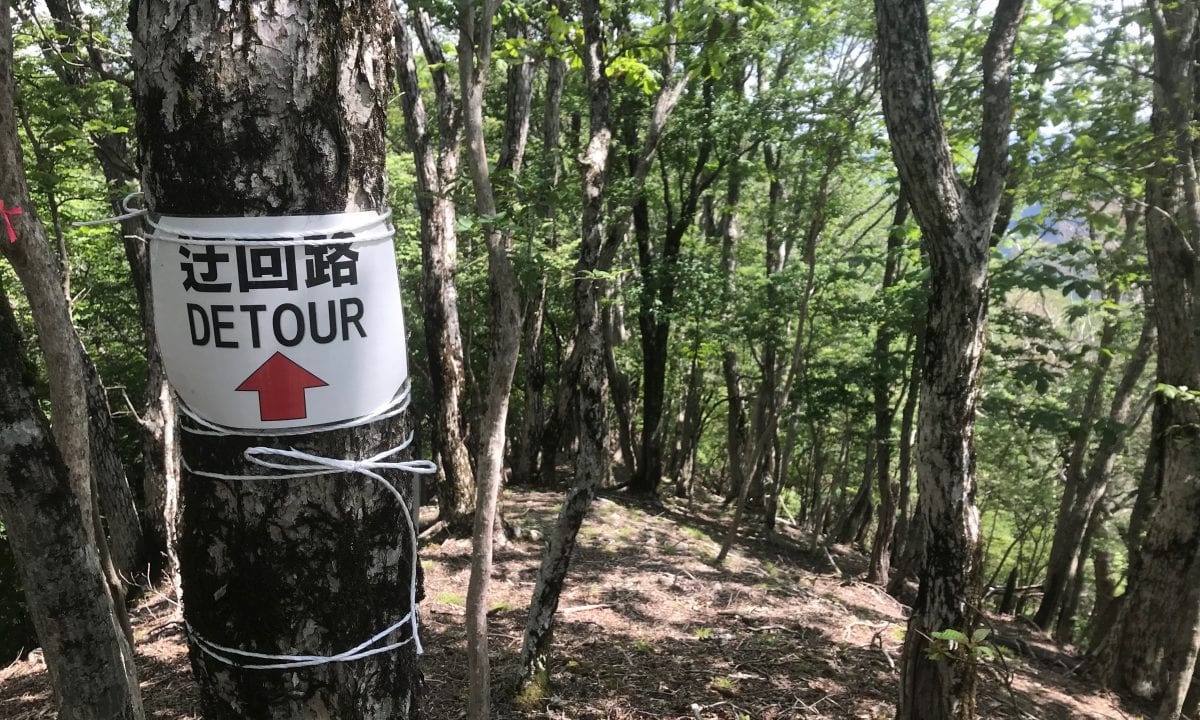
What should have been the toughest/wildest (according to the map info) day on the trail was actually fine. Until the detours came in that is. It was really striking this time how many detours there were on the trail (even though some had been in place since 2016). Sometimes even detours of detours which made navigation sometimes a bit tough and in any case made sticking to the routeplan quite difficult. This day, it sometimes took me literally struggling on hands and feet to climb a ridge – but the views made it worth it.
And as most of the other days, I arrived early at my destination for the night. And again, close to a river. Great food, time at the onsen and chilling at the stream. And when I thought life couldn’t get better – two eagles fighting overhead. Life is great.
Day 4 on the Kumano Kodo Kohechi – Koyasan, both disappointment and highlight
What. A. Day. After 110+ km, I arrived in Koya. Today was a worthy last day on the Kumano Kodo – some amazing views, another overhead fight between the eagles and warnings for everything that could potentially kill me – snakes, bears, boars, boar traps, hornets. Overall the day was pretty easy and felt more like a victory tour of the trail.
And the very end of the trail was a lesson in itself – at every shrine along the trail you can collect stamps. Shrines are often centuries old and beautifully decorated. So I had expected something special for the last stamp in Koya. Maybe even a ceremony. A special temple. A sacred ritual.
Nothing of this all.
The tourism office had a distant corner with the final stamp.
And while being disappointed at first, maybe it was the most obvious of lessons learned on the trail this time – it is not about the destination, but the journey.

To top it off – a stay at the Ekoin temple in Koyasan. Amazing building, rooms, food (wow), an evening tour on the cemetery, meditation and fire ritual in the morning. If you ever have the chance, be sure to spend the night in one of the temples here.
Other tourists I stumbled into described it as ‘serene’. It definitely was, but after a week mostly alone on the Kumano Kodo Trail, I had recalibrated my serenity apparently.
Serene had been spending an hour overlooking the hills near Miura-guchi. Spending time at a stream near Omata.
More on the last days of my trip in the trip overview.
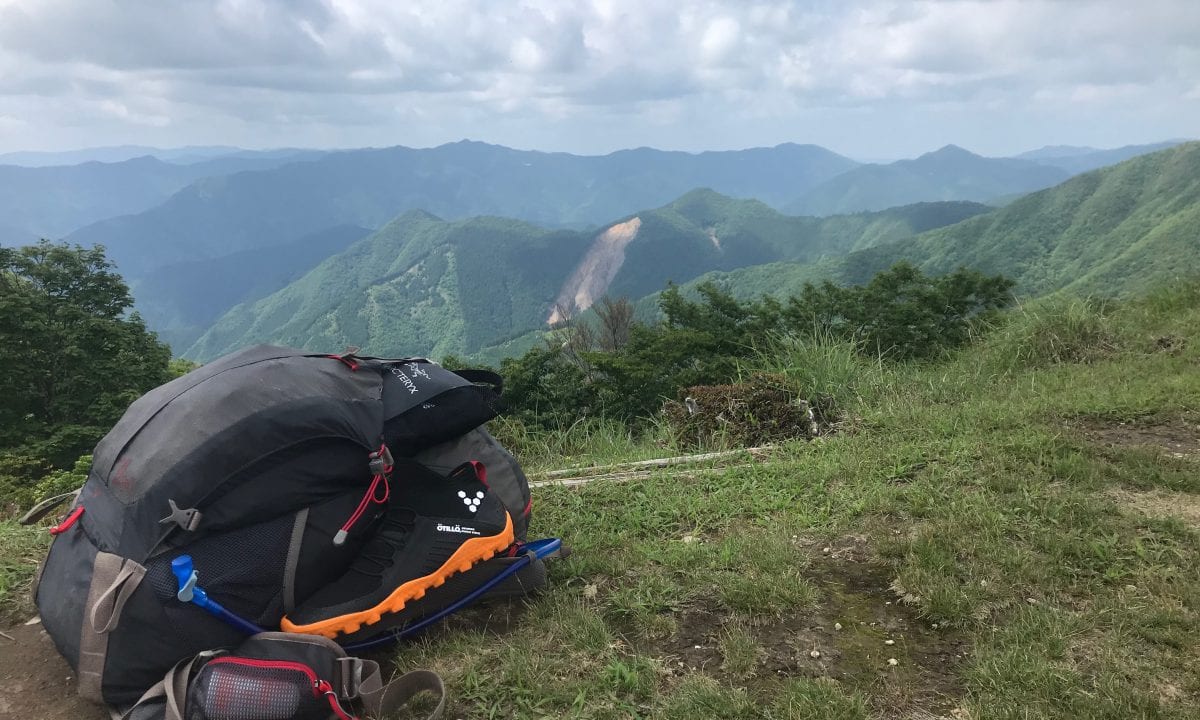
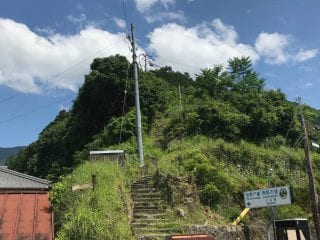
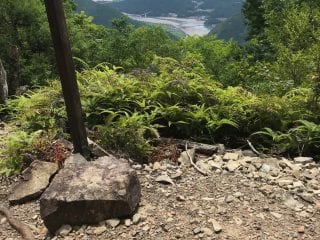

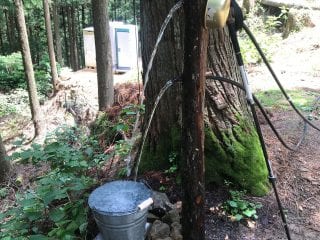
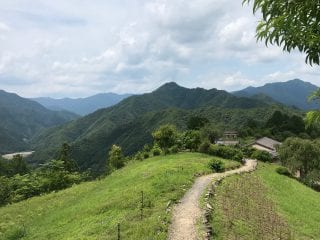
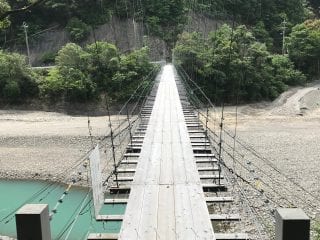
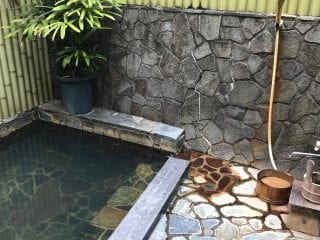


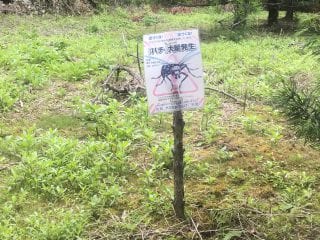
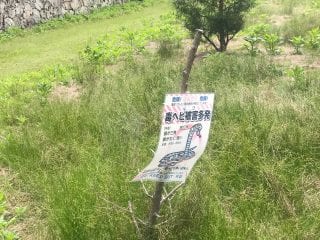


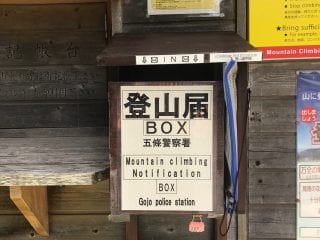
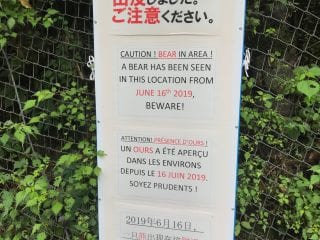
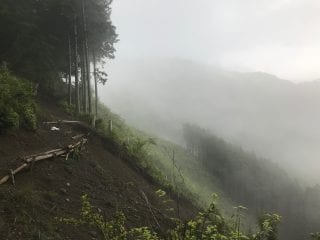
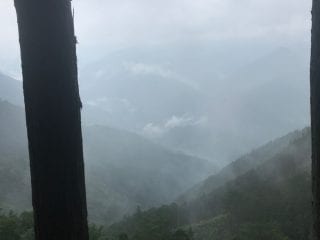
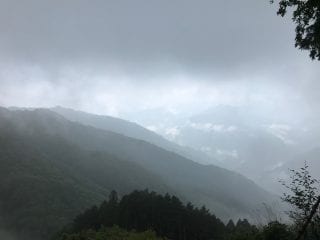
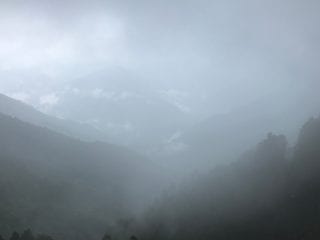
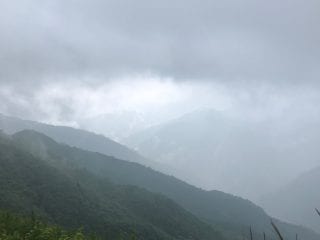
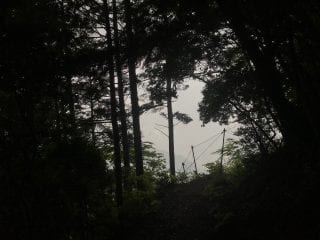
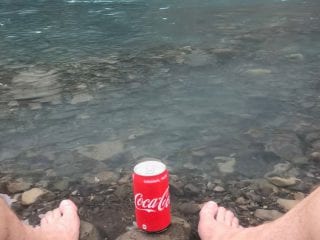
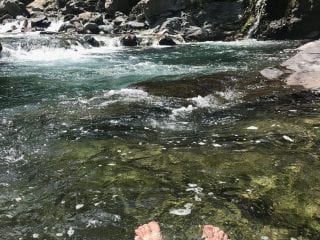

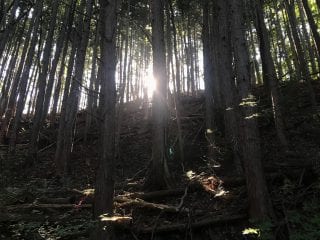
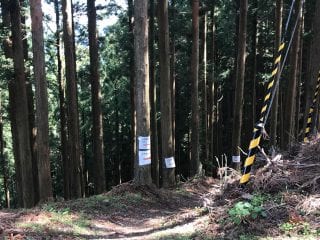
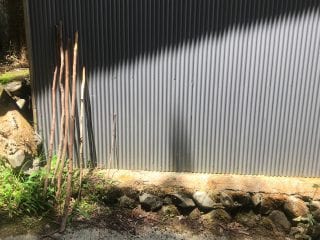
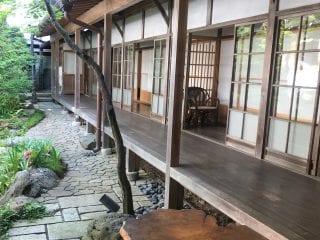

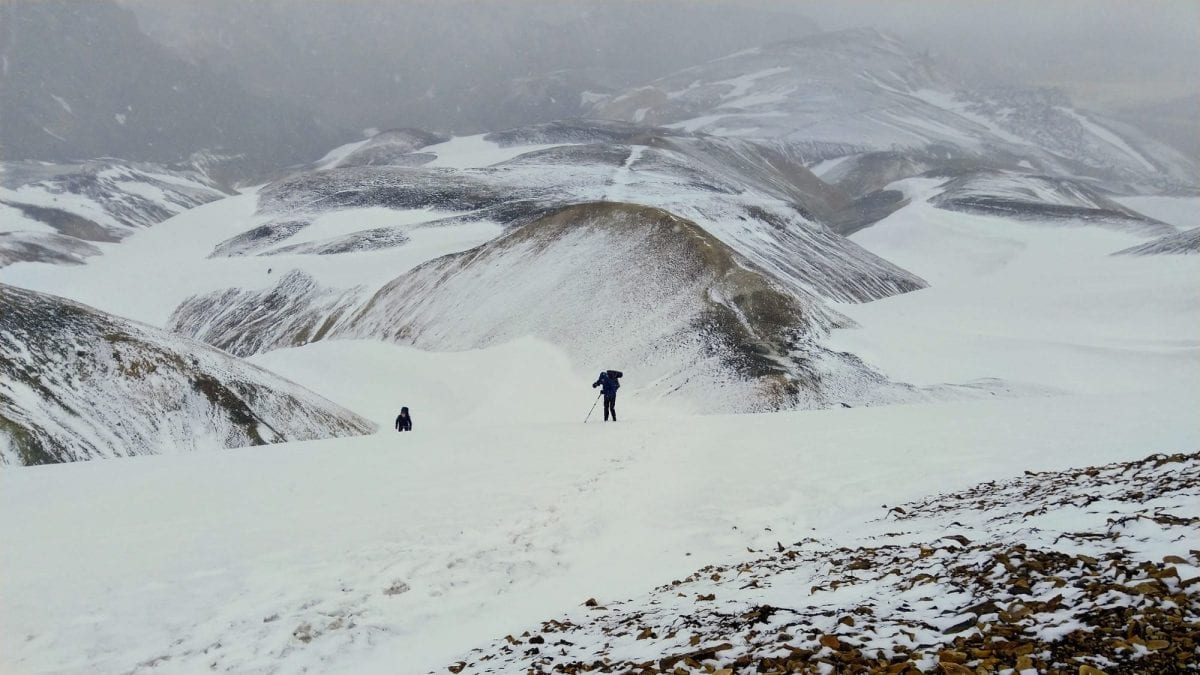
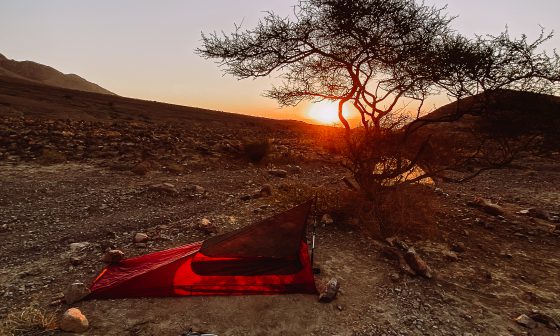
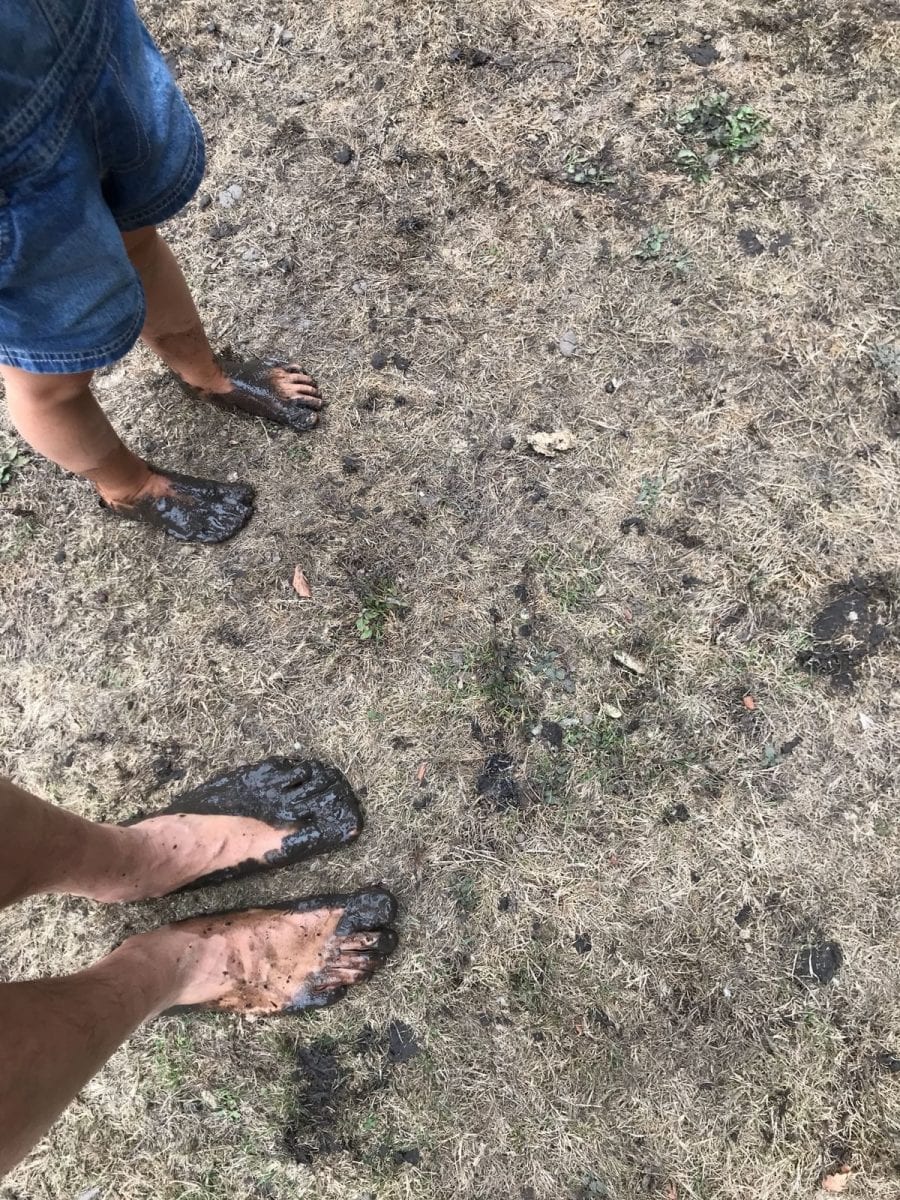

2 comments
Thanks for this great post. I was searching to see if the tourist office in Koyasan would have pilgrim stamp booklets… your last photo shows me that yes, they have them there! I am trekking in April from Kudoyama to Shingu and want to collect stamps along the way. Ideally will do the Camino in a year or two. I used to live in Spain and it’s been on my bucket list for some time.
Sarah, that sounds like an amazing plan! After parts of the trail twice I do personally think you have chosen the most beautiful Kumano Kodo route in the best possible direction. The Koyasan-Hongu part is a bit less traveled than the other parts, making it beautifully serene and quite authentic. I do hope you have the time to spend at least 1 night in one of the Koya temples.
Yes, there are stamp booklets at most trailheads (Koyasan, Tanabe, Hongu), so you will most definitely be able to get them there. There will be a limited number of shrines to get your stamps between Koyasan and Hongu, so make sure not to miss them and to get your final stamp in Hongu so you can qualify for your dual pilgrim in Spain.
Have a great trip and do not hesitate to reach out if you have any additional questions.
Best, Polle.